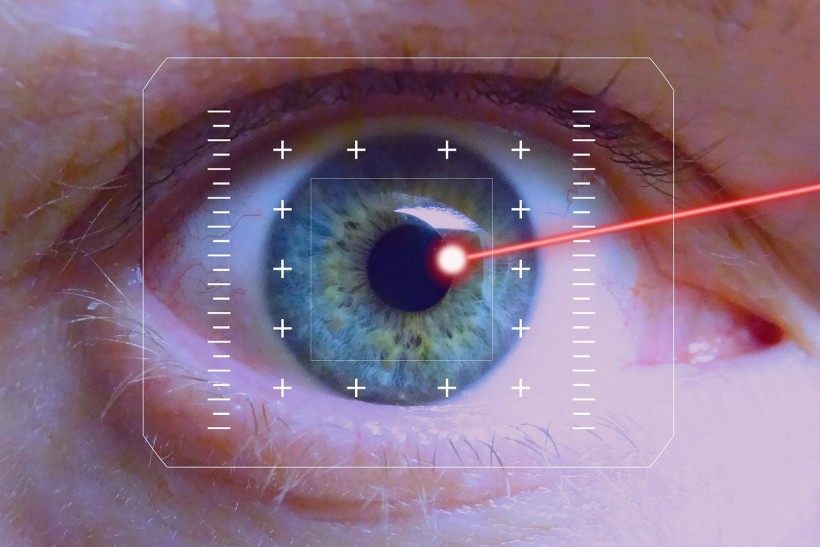The term laser stands for Light Amplification by Stimulated Emission of Radiation. This light technology has been used in surgical operations in the field of medicine and cosmetics. According to the US Food and Drug Administration, light from lasers differs from those people usually encounter. For instance, ordinary light has many wavelengths and spreads in all directions.
Meanwhile, laser light is focused on a narrow beam that produces high-intensity light that can be used for precise surgical work or cutting through tissue. Here's how laser surgery in medical and cosmetic procedures work.

Laser Surgery in Medical and Cosmetic Procedures: How Does This Light Technology Alter and Repair the Body?
Laser Surgery in the Field of Medicine
According to Live Science, using a laser instead of surgical instruments has many benefits in medicine. Laser surgery reduces the chances of damage in the surrounding tissues, the need for stitches is least likely, bleeding is reduced, and the healing time also becomes shorter.
Doctors carefully choose the right type of laser wavelengths based on the location and aim for surgery. Some lasers are ideal for cutting tissues, while some are best for sealing torn tissues. Experts use heat from the laser to either destroy the cells to cut through the tissue or attach them using the process called coagulation.
Different wavelengths of light that come into contact with the skin react differently. A paper published in IEEE Transactions on Biomedical Engineering said that it could be scattered, reflected, or absorbed by the body's cells while some laser wavelengths pass through the skin. The molecules in the body that absorb particular wavelengths are called the chromophores, which present them in different colors. Chromophores, such as hemoglobin and melanin absorb more of the light during laser surgery and cause physical, chemical, and temperature changes in the body.
Some examples of laser surgery in the field of medicine are retina correction to stop the tissue from tearing further, LASIK eye surgery that involves reshaping the cornea, and the pulsed dye laser (PDL) that targets blood vessels in the skin. Laser surgery is also used in the field of cosmetics, which you will find in the next section.
Laser Surgery for Different Cosmetic Uses
Different wavelengths of laser target different skin issues so the surgeon could either use one of them or recommend a combination of several different types of laser surgery to address cosmetic problems, according to Very Well Health. Here are the different laser types for cosmetic uses:
- Acne and Scars - Surgeons would use the gold standard carbon dioxide (CO2) laser and combine it with erbium: YAG, fractional laser, and certain nonablative lasers. Laser surgery could reduce hypertrophic scars by improving the tissue's flexibility.
- Hair Removal- The success of this procedure depends on the pigment present in the skin and type of hair. Surgeons typically use Nd: YAG and diode lasers for dark-skinned patients while intense pulsed light therapy (IPL) is proven effective for light-skinned patients.
- Tattoo Removal- Q-switched laser and Nd: YAG is used in tattoo removal although IPL may also work.
- Wrinkles and fine lines on the skin- Wrinkle removal involves a combination of skin resurfacing and skin-tightening procedures that are accomplished with an aggressive ablative laser, like CO2 or Erbium lasers that also remove warts and skin tags. More so, PDL, IPL, and LED have shown some success in the past.
- Skin Tightening- CO2 lasers are usually the laser of choice for skin tightening, although most cosmetic laser procedures have at least some level of tightening effects.
- Pigmented Lesions Removal- These are the sunspots, age spots, melasma, and other forms of hyperpigmentation. Doctors typically use PDL, Nd: YAG, and fractional CO2 lasers, alongside light-based treatments.
- Precancerous lesions- This procedure aims to prevent cancerous lesions and is done through CO2 and erbium: YAG lasers.
RELATED ARTICLE: How Can a Giant Laser Help Lessen Astronaut's Exposure to Radiation? Gigantic Space Object Reduces Mars Mission from 10 Months to 45 Days Long
Check out more news and information on Laser in Science Times.














